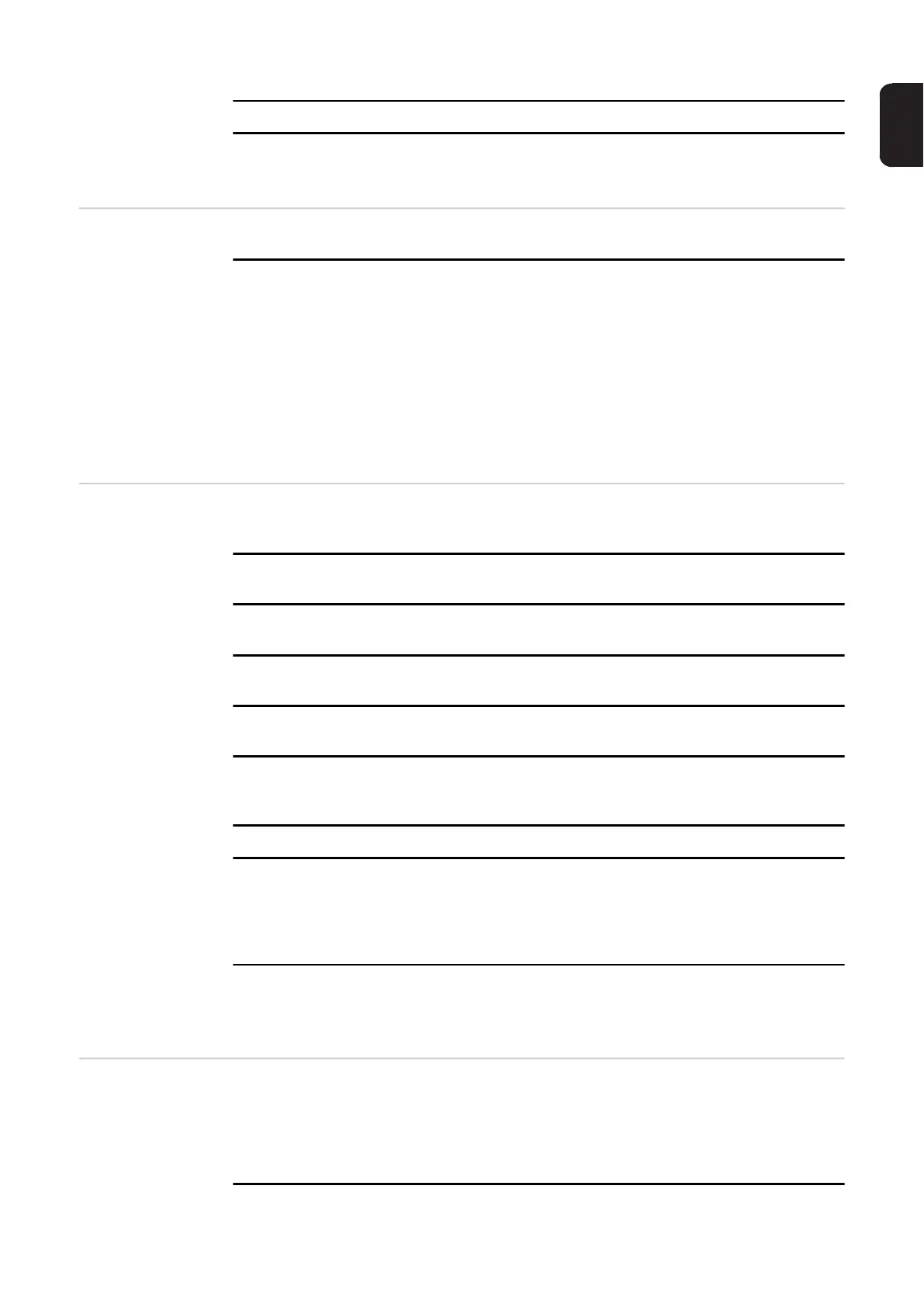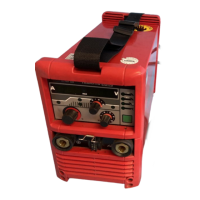15
EN-US
When no welding is taking place, close the valve of the shielding gas cylinder.
Leave the cap on the valve of the shielding gas cylinder when the cylinder is not connected.
Follow the manufacturer's instructions and applicable national and international provisions
for shielding gas cylinders and accessories.
Danger Posed by
Shielding Gas
Leak
Risk of asphyxiation due to uncontrolled shielding gas leak
Shielding gas is colorless and odorless and may suppress the oxygen in the ambient air in
the event of leakage.
- Ensure there is a sufficient supply of fresh air with a ventilation flow rate of at least
20 m³ per hour.
- Please observe the safety and maintenance information for the shielding gas cylinder
or the main gas supply.
- When no welding is taking place, close the valve of the shielding gas cylinder or the
main gas supply.
- Always check the shielding gas cylinder or main gas supply for uncontrolled gas leak-
age before each start-up.
Safety Measures
at the Setup Loca-
tion and During
Transport
A toppling device can be deadly! Set up the device securely on an even, solid surface
- The maximum permitted tilt angle is 10°.
Special regulations apply in areas at risk of fire or explosion
- Follow the appropriate national and international regulations.
Use instructions and checks within the company to ensure that the vicinity of the workplace
is always clean and organized.
Only set up and operate the device in accordance with the protection class shown on the
rating plate.
When setting up the device, ensure that there is an all-round clearance of 0.5 m (1 ft.
7.69 in.) to allow cooling air to circulate unhindered.
Take care to ensure that the applicable national and regional guidelines and accident pre-
vention regulations are observed when transporting the device, especially guidelines con-
cerning hazards during transport and shipment.
Do not lift or transport any active devices. Switch off devices before transport or lifting.
Before transporting the device, completely drain the coolant and dismantle the following
components:
- wirefeeder
- wirespool
- shielding gas cylinder
It is essential to conduct a visual inspection of the device to check for damage after it has
been transported but before commissioning. Have any damage repaired by trained service
technicians before commissioning the device.
Safety Measures
in Normal Opera-
tion
Only operate the device when all safety devices are fully functional. If the safety devices
are not fully functional, there is a danger of:
- Injury or death to the operator or a third party
- Damage to the device and other material assets belonging to the operating company
- Inefficient operation of the device

